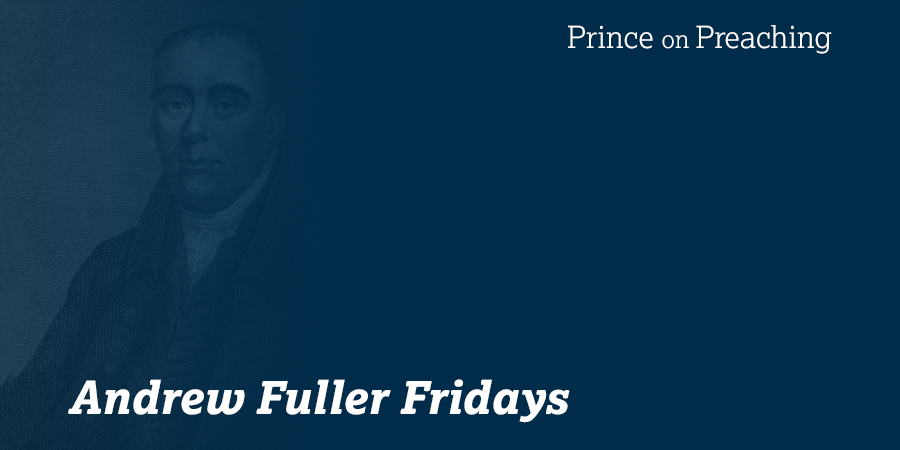Roark, Nick and Robert Cline. Biblical Theology: How the Church Faithfully Teaches the Gospel. Wheaton: Crossway, 2018. 147 pp.
INTRODUCTION
Biblical theology is in vogue right now. Over the last decade, academic resources like Jim Hamilton’s God’s Glory in Salvation Through Judgment, Greg Beale’s A New Testament Biblical Theology, Don Carson and Greg Beale’s Commentary on the New Testament Use of the Old Testament, as well as the multi-volume New Studies in Biblical Theology series have been released. Today, the fruit of such academic works is resulting in a number of biblical theology resources for the ordinary churchman, seen clearly in the Short Studies in Biblical Theology series. In Biblical Theology: How the Church Faithfully Teaches the Gospel, Nick Roark and Robert Cline add their imprint to this biblical theology scene.
SUMMARY
Biblical Theology: How the Church Faithfully Teaches the Gospel is the newest release in the 9 Marks Building Healthy Churches series. In this work, Roark and Cline aim to prove that biblical theology is a discipline that helps one understand that the Bible’s grand storyline regarding God’s purposes, plans, and promises is centered on “his plan of redemption in the person and work of Jesus Christ” (17). Moreover, the authors strive to demonstrate the need for biblical theology in the local church as they show how “missing the point of the Bible’s story produces false gospels and false churches” (19). Roark and Cline define biblical theology and then they overview the Bible’s big story before concluding with two practical chapters on applying biblical theology with respect to both teaching in the local church and understanding the mission of the church.
CRITICAL EVALUATION
The authors are absolutely correct with their Christocentric understanding of the Bible’s big story. In Luke 24:44-47, Jesus declared to his disciples, “everything written about me in the Law of Moses and the Prophets and the Psalms must be fulfilled.” In other words, there’s no way—according to Jesus and the Bible—to rightly understand the Bible’s kingdom creation-fall-redemption plot without Jesus the Christ being firmly planted at the center. Therefore, Roark and Cline rightly conclude, “The story of Scripture, then, is all about God’s King and his gracious rule and reign; it’s about the forgiveness of sins that King has won for his people, who hail from every tribe and tongue and people and nation. The whole story of the Scriptures, rightly understood, focuses on Jesus Christ from beginning to end” (25-26).
One of the really beneficial aspects of this book is the way that it teaches the reader how to interpret all of the Bible in light of Jesus. In chapter 5, the writers give five lenses through which any text must be interpreted to be rightly understood: context (historical & literary), covenant (particular stage of progressively revealed redemptive history), canon (whole Bible connections), character of God, and Christ. But more than saying that any text must be viewed through these five lenses, the authors show what this process looks like in all kinds of ways. In chapters 3 and 4, the authors list numerous tips for preaching and teaching in light of Christ as they walk through the Bible from Genesis to Revelation. For example, they instruct their readers, “Connect the cosmic curse of Genesis 3 to the Serpent-crushing seed of Eve, who redeemed us from the curse by becoming a curse for us (Gal. 3:13),” this in contrast to preaching a moralistic sermon about not falling into temptation like Adam (35). And beyond these tips, the authors give three Old Testament and three New Testament interpretation illustrations in an appendix.
The most helpful facet of Roark and Cline’s book is the way they show how good biblical theology prevents false gospels and false churches. Biblical theology can eliminate eisegetical proof-texting that is often the result of failing to see how the whole Bible is connected to Jesus (78). When we understand that the Bible is about Jesus rather than mere behavior modification, biblical theology will also fight against gospel-less, moralistic preaching (81). Moreover, a Christ-centered biblical theology wars against the prosperity gospel by reminding us that the greatest problem Jesus came to remedy is not our lack of worldly possession but our sin (102). A proper biblical theology wars against the civil-gospel that ties the people of God to a specific country as it declares that a multi-national people redeemed by Jesus called the church is the people of God given God’s promises in Christ (107). A proper biblical theology also wars against soup-kitchen gospels that focus on temporary social reform by declaring that social reform apart from eternal spiritual reform through repentance and faith doesn’t fully represent Jesus (108). A faithful, Christ-centered biblical theology keeps the church focused on her gospel mission to make disciples and to be disciples to the ends of the earth, as seen in the Great Commission of Matthew 28:18-20 (112-113).
CONCLUSION
Biblical Theology: How the Church Faithfully Teaches the Gospel carries a heavy load with ease in defining, demonstrating, and applying Christ-centered biblical theology in the local church in under 150 pages. Whether you’re a pastor, small group leader, or someone who simply wants to better understand how to read the Bible as God’s unified story in Christ, this book is an excellent starting point. I highly commend this book that helps the reader see and faithfully minister the gospel in light of Jesus being the Hero of the whole Bible.




